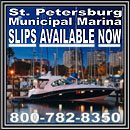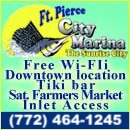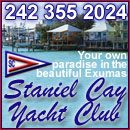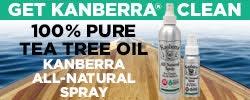Watch for Migrating Manatees!

Look out, slow down for Florida’s migrating manatees

Look out and slow down for manatees in November to help them as they begin migrating to warmer waters.
November is Manatee Awareness Month. Florida has more than 6,600 manatees swimming in rivers, bays and coastal waters. These large aquatic mammals can weigh over 1,000 pounds.
As the weather cools, manatees are on the move, searching for warmer waters to survive the winter. Remember: Disturbing manatees at warm-water sites may cause them to leave those areas at a time when it is critical for them to remain there.
“Boaters who look out for migrating manatees and follow posted manatee protection zones contribute to the conservation of this threatened species. They are reducing the chance of manatee injuries and disturbance, while enjoying their time on the water,” said Carol Knox, who leads the Florida Fish and Wildlife Conservation Commission’s (FWC) Imperiled Species Management Section.
Seasonal manatee protection zones also go into effect in the fall, depending on the county. The zones are marked by waterway signs, and maps of local manatee protection zones are available online at MyFWC.com/Manatee by clicking on “Data and Maps.”
How can you help manatees?
Wear polarized sunglasses to spot them moving, grazing and resting in the water. Keep a lookout for the circular “footprints” or ripples they leave on the surface of the water.
Follow posted manatee zones.
Observe manatees from a distance to limit disturbance. Disturbing manatees at their warm-water sites may cause them to leave these areas during the winter.
Report injured, entangled, orphaned or dead manatees to the FWC’s Wildlife Alert Hotline: 888-404-FWCC (3922), #FWC or *FWC on your cellphone or text Tip@MyFWC.com.
Access and share A boater’s guide to living with Florida manatees and Guidelines for successful manatee watching in Florida that focuses on paddlers.
Purchase the manatee decal and license plate, and tell everyone how the decal and license plate support the FWC’s manatee conservation efforts.
Contribute to the Fish & Wildlife Foundation of Florida’s Marine Mammal Fund by visiting WildlifeFlorida.org and clicking on “Support Us,” “Funding Priorities” and “Marine Mammal Fund.”
Florida invests over $2 million annually in manatee conservation, with FWC biologists, managers and law enforcement working with partners to research, rescue and manage Florida manatees.
Want to see a manatee? Go to MyFWC.com/Manatee and click on “Where Can I See Manatees?”


























Be the first to comment!